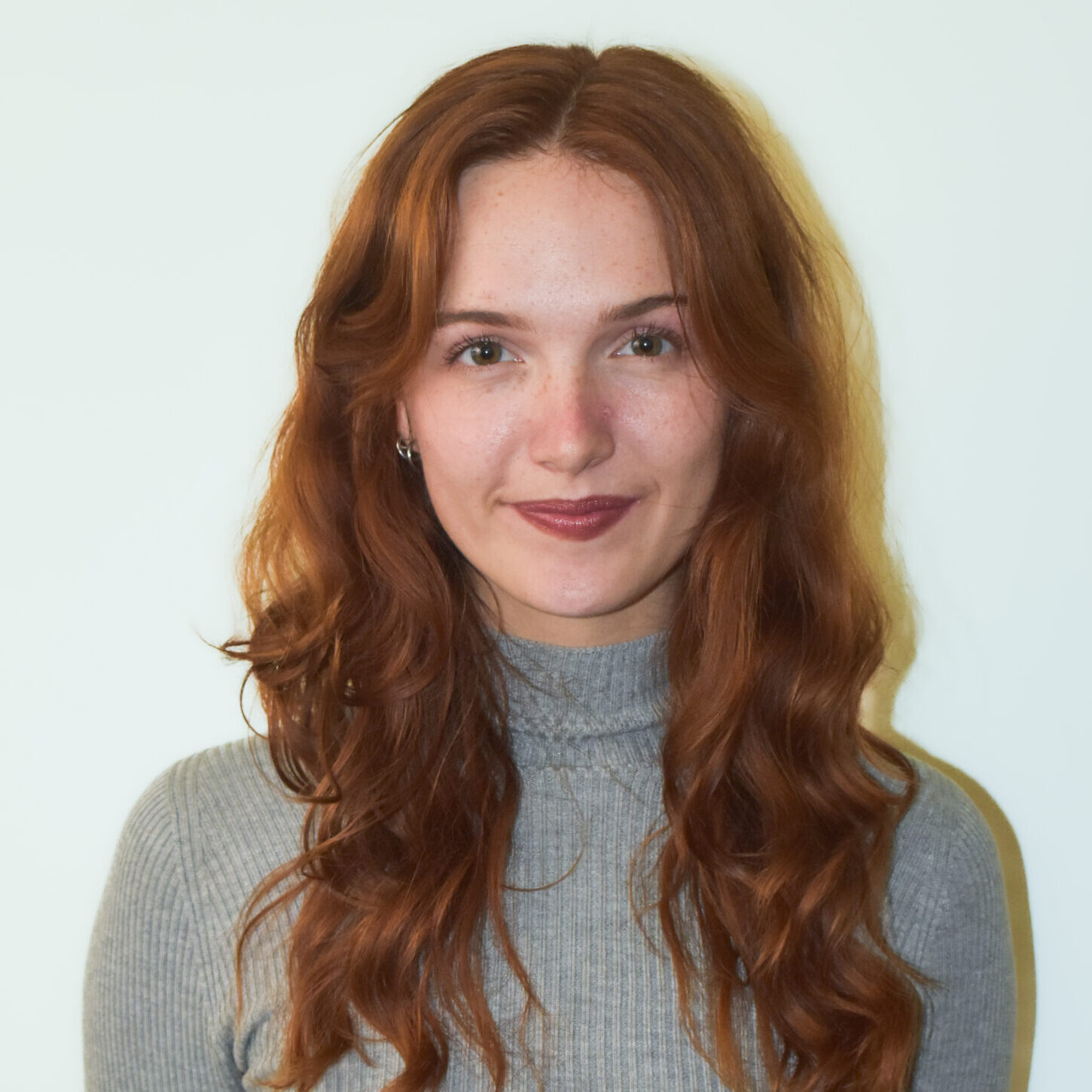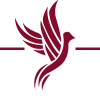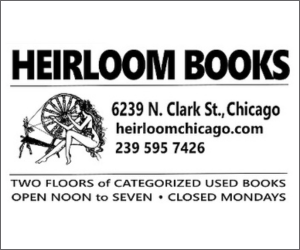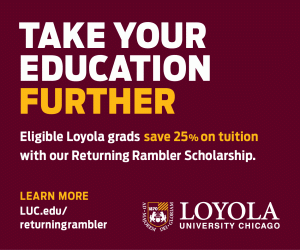On the corner of West Devon Avenue and North Artesian Avenue sits an unassuming wooden structure. Beckoning visitors with bird sounds and potted flowers, the piece serves as a gathering space for those in West Ridge. The art installation was placed by SpaceShift collective, an organization of artists and cultural workers who are dedicated to …
EXPO Chicago Puts the Second City on the World Stage
On the corner of West Devon Avenue and North Artesian Avenue sits an unassuming wooden structure. Beckoning visitors with bird sounds and potted flowers, the piece serves as a gathering space for those in West Ridge.
The art installation was placed by SpaceShift collective, an organization of artists and cultural workers who are dedicated to creating collaborative, multi-cultural and publicly accessible community spaces, according to Kushala Vora, a member of the group who spread their artistic mission at this year’s EXPO Chicago.
EXPO Chicago is an international exposition of modern and contemporary art held annually in Navy Pier’s Festival Hall. Beginning in 2012, the exposition is known for hosting talks from curators, on-site installations and public art initiatives, according to their website. This year, they welcomed 170 galleries from 29 countries and 79 cities around the world.
For Vora, the opportunity to put SpaceShift’s work in an international exhibit reflects the dialogic culture of Chicago’s contemporary art circles.
“Chicago is amazing because there is an openness to artist-run spaces,” Vora said. “I think that interaction in Chicago of all of these places mixing and conversing with each other is amazing. There’s an actual relationship that they create and have with each other that is very tangible.”
Filling Festival Hall with seemingly unending works of art, white walls distinguished between different galleries, as they were labeled with the gallery’s name and its locations. The exposition also has specific areas dedicated to art dissemination initiatives, one of which was the “EXPOSURE” section which features solo and two-artist presentations by galleries ten years and younger.
Another special section of EXPO Chicago was the mini exhibition “Artists Run Chicago: Here and Now.” The exhibition displayed pieces from four Chicago-based, artist-run groups creating art in public spaces.
This gallery — organized by Hyde Park Art Center, the Terra Foundation for American Art and Art Design Chicago with the Art Center’s Artists Run Chicago Fund — is how the SpaceShift collective made their way into EXPO Chicago.
Another artist-run, Chicago-based program on display with SpaceShift collective was “Navigations,” commissioned by the Roman Susan gallery, located at 1224 W. Loyola Ave. Nathan Abhalter-Smith, a director of Roman Susan, said the gallery commissioned five artists to create interactive works about public space throughout the city, including QR code audio tours, wearable garments and a callable phone number.
As Vora and Abhalter-Smith explained to viewers the concepts behind their respective programs, they encouraged them to explore the art in the city. Vora said interacting with an art object in a gallery setting like EXPO Chicago is still interesting, but different than interacting with a work in public.
“When you’re working in the public realm, the definition of art changes a lot,” Vora said. “And I love that. I love the possibilities.”
Although the majority of the works at EXPO Chicago didn’t have the interactive qualities of those in booth 191, many of the artists present had created their art through collaborative processes. Luis Sahagun, a Chicago native working with LatchKey gallery based in New York, said his artistic process is rooted in civic engagement, political commentary and personally getting to know his subject.
Sahagun said he was born in Guadalajara, Mexico and immigrated to Chicago when he was four years old. Growing up in the South Side, he remained in Chicago for the majority of his life and in construction until becoming a full-time artist. He taught at the Museum of Contemporary Art Chicago, Art Institute Chicago and the Smart Museum of Art as an artist in residence.
“Growing up in Chicago and becoming an artist in Chicago, I think my work is deeply rooted in civic engagement and I think Chicago has a beautiful history of that,” Sahagun said. “For me, it’s not just about making something beautiful, but telling my own stories of belonging.”
Sahagon said his practice creates an intimate relationship between him and the person in his portraits. He said he uses his art as a way to practice “curanderismo,” which he described as an indigenous spiritual healing practice derived from Spanish, West African and Latin American traditions.
Sahagon said his work’s loud, multi-medium nature and cultural subject matters pique viewer curiosity.
Another Chicagoan exhibiting at the exposition for the first time was Ashkon Haidari, who has been working with the Chicago-based Povos gallery for two years.
Working primarily in large-scale oil paintings, drawings and etchings, the West Town native said his work is surrealist with Persian influences. Comparing his artistic process to “a reverse diary,” he said he created his pieces with nothing pre-designed, figuring out a narrative once the work is complete.
Haidari said since he doesn’t create the work with anything in mind, he often prompts viewers to create their own meaning by asking them what they see.
“I hope the viewers tap into their own imagination and find their own personal narrative within each painting,” Haidari said. “Anyone else’s story is just as valid as mine.”
This inclusion of the viewer makes the interactive art of “Navigations” so exciting for him. Handing out fliers with links, QR codes, maps and other forms of information about the works to EXPO Chicago’s visitors, Abhalter-Smith stressed the significance of public art that is more than a sculpture in a park.
“It’s just exciting to hand things to people and be like, ‘Here’s the work, take it away with you, it doesn’t cost anything,’” Abhalter-Smith said.
This ability for Chicago to be an artistic facilitator in and of itself is what Sahagun said has helped characterize his art as simultaneously personal and public endeavor.
“Thinking about, you know, what conversations and ideas I work with, they supersede just the aesthetics, in my opinion,” Sahagun said. “I think I got that from Chicago.”
Photos by Rachael Wexler / The Phoenix
-

Hailey Gates is a third-year student majoring in English and minoring in journalism and art history. In addition to working as Opinion Editor of The Phoenix, she is a Writing Fellow at the Writing Center and a Provost Fellow undergraduate researcher. She loves to write feature stories about local art and artists and Opinion pieces on everything from national politics to Reese’s Peanut Butter Pumpkins.
View all posts









